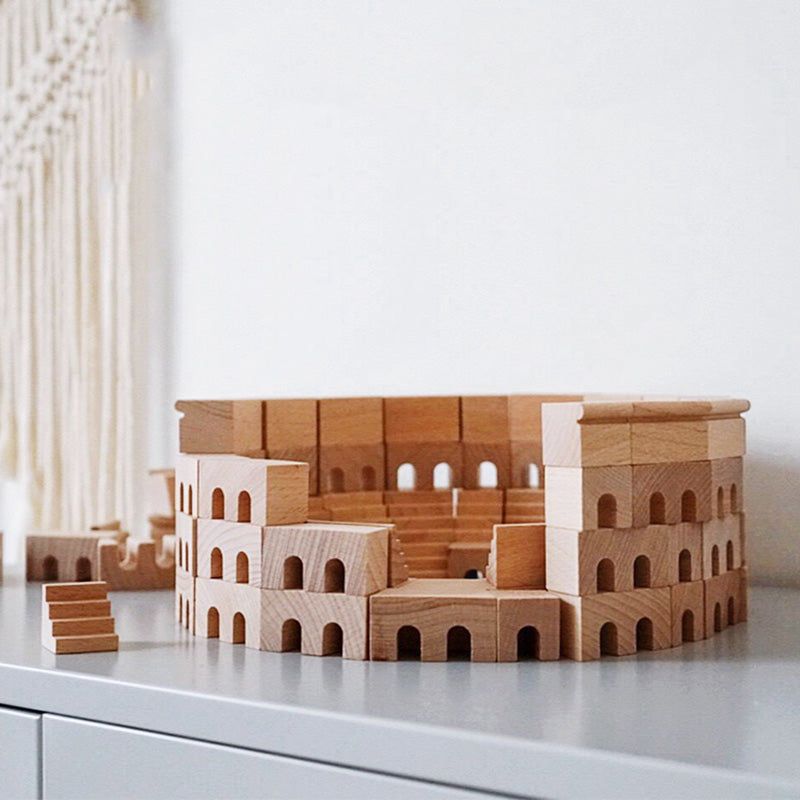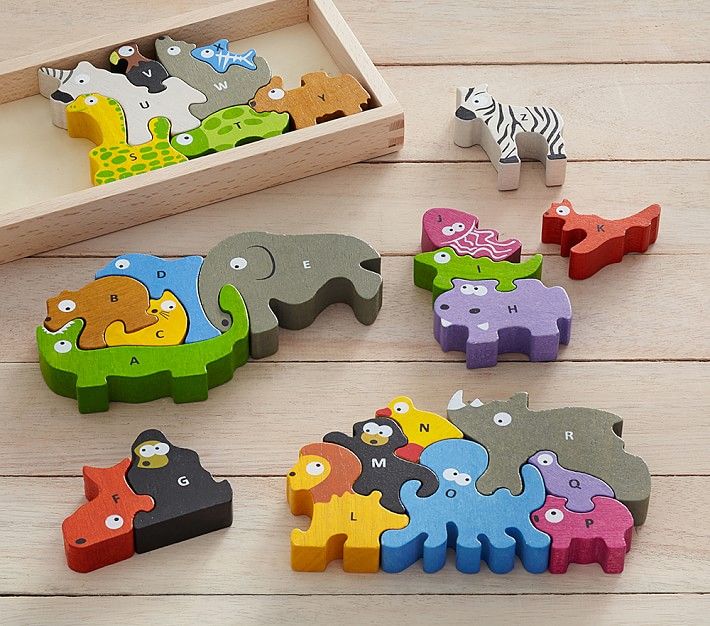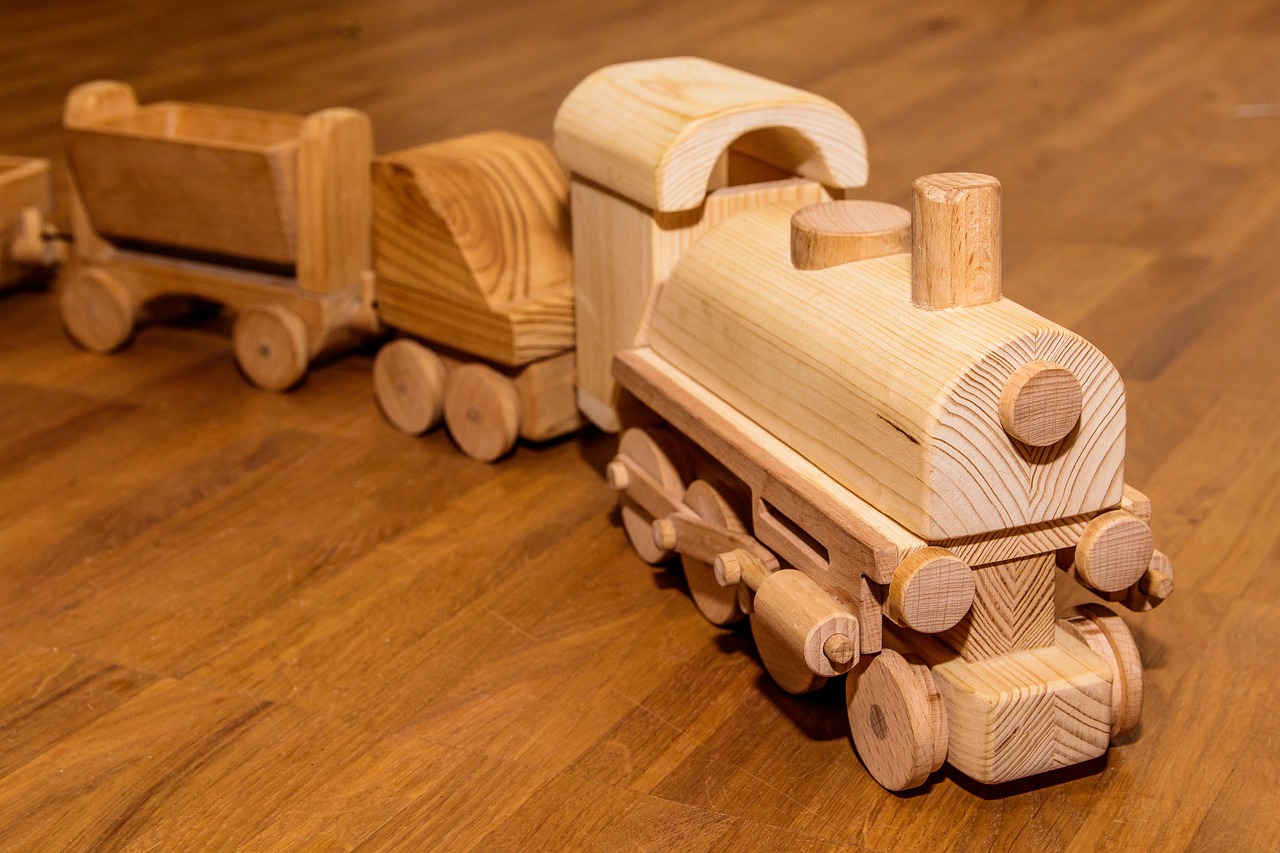


The Growing Market for Wooden Toys: Strength, Durability, and Fun
In recent years, the market for wooden toys has been experiencing unprecedented growth. This surge in popularity can be attributed to multiple factors, primarily centered around the strength and durability of these timeless playthings. As parents and caregivers become increasingly concerned about the environmental impact of plastic toys, wooden alternatives have emerged as a favored choice, offering both sustainability and a more natural play experience for children.
The toy market is a dynamic industry constantly evolving to meet the changing needs and demands of consumers. In the past, plastic toys dominated store shelves, with their vibrant colors and flashy designs. However, this trend is gradually shifting as parents and educators recognize the many advantages of opting for wooden toys instead.

One of the main reasons behind the growing market for wooden toys is their impressive strength and durability. Unlike their plastic counterparts, wooden toys are built to withstand the test of time. Their solid construction ensures that they can withstand rough play, drops, and even the occasional teething phase without breaking or losing functionality. This durability factor is particularly attractive to parents who understand the frustration of constantly replacing broken or damaged toys.
Moreover, wooden toys are often crafted from sustainably sourced materials, adding an eco-friendly appeal to their already robust qualities. With the increasing awareness of our environmental responsibilities, more and more parents consciously seek toys that have a minimal impact on the planet. Wooden toys provide a viable solution as they are made from renewable resources, making them a natural and sustainable choice.
The resurgence in popularity of wooden toys is also driven by the desire to foster a more imaginative and sensory play experience for children. In a world dominated by electronic gadgets and screen time, parents are turning to traditional toys that encourage open-ended play and creativity. Wooden toys, with their simplicity and timeless designs, spark the imagination and allow children to engage in pretend play with no predetermined outcomes. From building blocks to puzzles, children find joy and satisfaction in manipulating and interacting with these tactile objects, ultimately enhancing their cognitive and fine motor skills development.
Additionally, wooden toys have gained recognition among educators and child development experts. These professionals understand the importance of providing educational toys that facilitate cognitive growth and problem-solving skills. Wooden toys, by their nature, invite children to explore, experiment, and learn. They offer opportunities for sorting, stacking, matching, and counting, all while fostering hand-eye coordination and spatial awareness.
As the market for wooden toys continues to thrive, manufacturers are responding to the demand by expanding their product offerings. Today, consumers can find an array of wooden toys ranging from traditional favorites like wooden trains and building blocks to innovative designs that incorporate complex mechanisms and interactive features. This diversification adds to the appeal of wooden toys, catering to a wider age range and evolving interests of children.
In conclusion, the growing market for wooden toys can be attributed to their strength, durability, and environmental sustainability. As parents and caregivers seek alternatives to plastic toys, wooden options have emerged as a compelling choice, providing a more natural, imaginative, and educational play experience for children. With their timeless designs and commitment to sustainability, wooden toys continue to capture the hearts of both children and adults alike.
Post time: Jul-06-2023